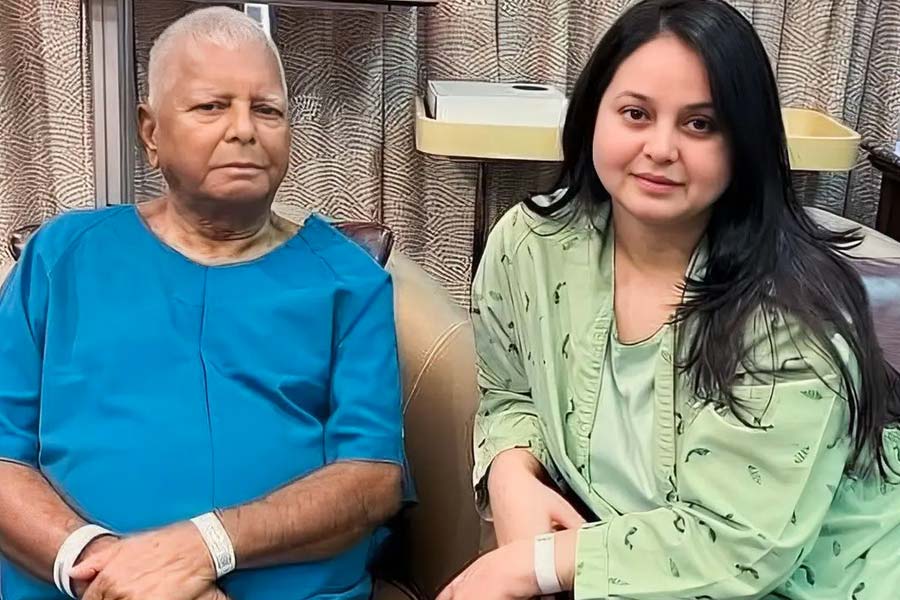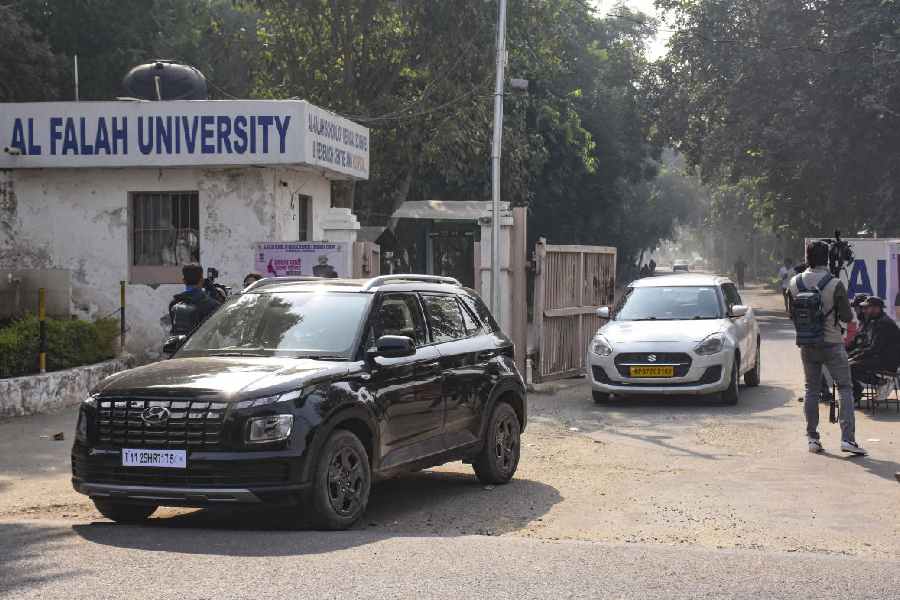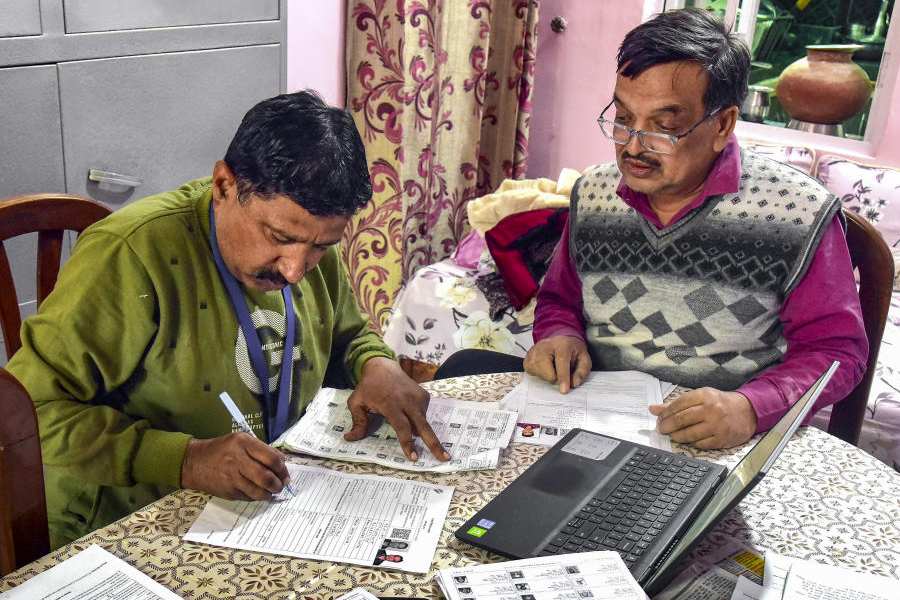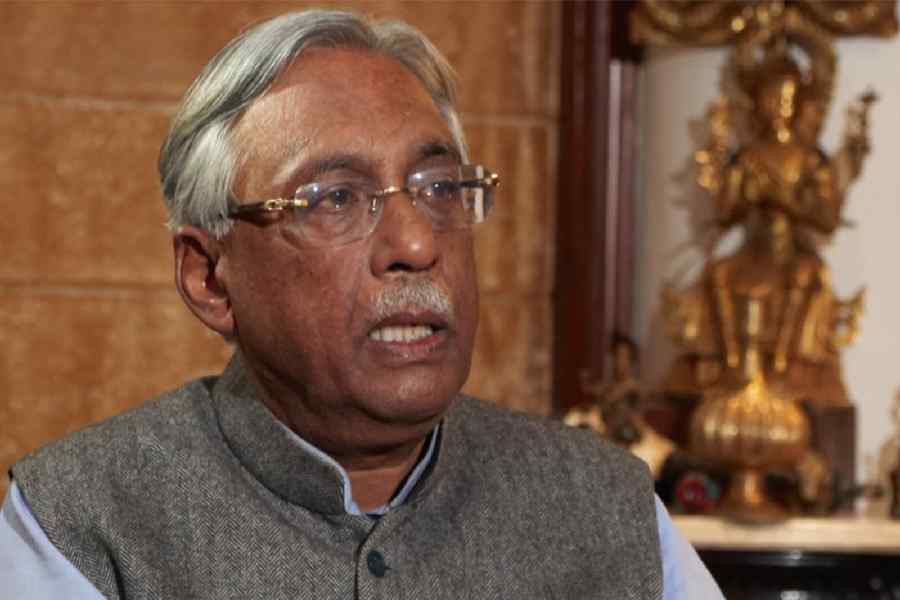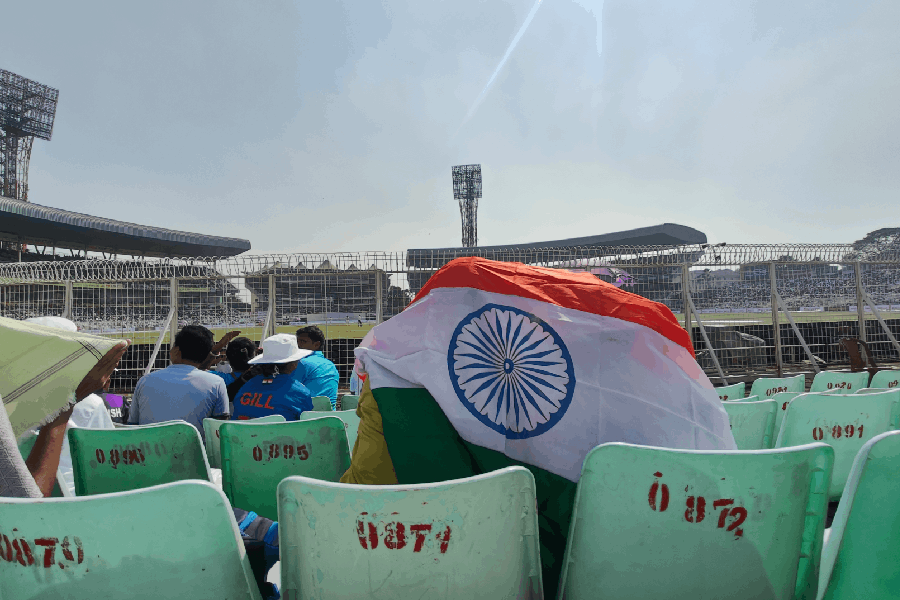|
|
The author is former director- general, National Council for Applied Economic Research and chairman, Central Electricity Regulatory Commission
Apart from nostalgia, money to augment foreign exchange reserves and fund the Rashtriya Swayamsevak Sangh and the Vishwa Hindu Parishad, what is the involvement with India of non-resident Indians (a concept unique to India — do they talk of non-resident Chinese? And other people of Indian origin?)? One major involvement by NRIs is the search for bridegrooms (and brides) by Indian parents in India and overseas. There is a priority list in India, with NRIs topping the list, multinational executives, IAS and other central service officers, and then the others (academics must be almost at the bottom of the list).
For most parents and their daughters, the overseas boy of Indian origin tops the preferences. In recent years, there is the reverse phenomenon of “dollar brides”, a term contrasting with the “dollar bahus” of Sudha Murthy’s television serial. It encompasses three categories from among girls born and brought up overseas or wanting to get there.
The first category is of daughters of first generation migrant parents. These parents, until recently, were anxious that their children did not lose their “Indian” roots and “Indian values”. Despite their frequent trips to India, they were frozen in a time-warp. The Indian roots and values they strove to imbue in their children, especially their daughters, can be traced back to their youth in India. But values and customs have changed in India. Rigid home environments are not so common in many families. The mother, who spent her time at home, looking after the kitchen and making everything comfortable for her husband and children, has much more freedom now. Increasingly, she has an education, brings money home and has greater control over expenditures.
Where entertainment was the rare movie and holidays always at some relative’s home, many family-budgets now include spending on movies, eating out and going on holidays. Caste boundaries were rigid, boys had to be home by evening, girls were not allowed out on their own except to school or college, and there was no question of their having boyfriends. The progressive home might have allowed a daughter to go out with other carefully vetted girl friends and a few boys, but under tough constraints.
Today inter-caste marriage and dating are not uncommon in urban India. Indian societal and family relationships are adjusting to female literacy and education, women at work, urbanization and its need for two-income families, and foreign influences through the media and television. Female role-models in politics, academia, journalism, business, and the persistent pressure of a feminist movement have forced the changes.
The more recent immigrants of the last decade have taken these changes into their new countries. But many NRI daughters (less so, sons) growing up overseas and educated there are emotionally squeezed between the cultural ethos of the country they live in and the time-warp at home. Unlike the Irish, Scots, Italians, Greeks and other immigrant populations of European origin, and the blacks mostly imported as slaves, Indian immigrants of almost any socio-economic background take with them (like many Asians) their distinct colour and cultural and family values which make them stand out in most countries.
Parents try to recreate the “Indian” environment overseas, especially with daughters, to “protect” them from alien values, pre-marital sex and “foreign” boyfriends. They impose everything that is “Indian”. They are members of overseas Indian associations (one for every sub-group: the Tamil Sangham, the Kannada Koota and so on), join the nearest bhajan mandali meeting every weekend and vacation, go religiously to Hindi movies, play only Indian film and classical music, attend every visiting Indian artistic performance and start corresponding with their connections in India by the time their daughters are in their teens, for suitable boys in India.
By the Nineties in the United Kingdom and the United States of America, there were enough suitable boys from Indian families (even of the correct caste and gotra) to provide a choice. The evidence is in the matrimonial ads in India Abroad or the many matrimonial websites. The Hindi movie, with its depiction of intimate boy- girl cavorting along with respectful parent-sibling relationships, also may be changing the “Indian values” for PIOs.
Another change is the grand “Indian” wedding for moneyed Indians in India and abroad, irrespective of region or caste, and modelled on the hit movie Hum Apke Hai Kaun. A hotchpotch used by Indian communities and taken from the happy Punjabi wedding practices of the sangeet, mehndi, shagun, barat and bhangra, it is an excuse for loud and lilting music, dancing and extravagant apparel, jewellery and make-up. Dance directors from Bollywood are flown down to teach fat mothers and obese fathers shake a leg in preparation for the big day, while professional event-managers lay on a spectacle, and tent-makers from Delhi come to create a fairy-tale Rajasthani fort or Mughal palace.
A second variety of the dollar bride is the young woman who goes abroad to study and works there. She has no intention of ever returning to live in the patriarchy that is the Indian family, especially for girls. Like many Indian girls, she may also believe in arranged marriage. She is reluctant to accept a boy living in India, since it might mean having to return to live there. If she takes him back with her, there is the risk of getting a husband who expects all the service that his mother gave his father but with no home responsibilities for him.
These highly motivated, talented and hard-working women would never have got the opportunity in India to push themselves and achieve their potential. They build successful careers overseas, some even breaking the glass ceiling to reach dizzying career heights, run beautiful homes and bring up children (supervising homework and everything else) as their mothers did, with help from imported parents or in-laws who provide free baby-sitting, cooking and household management. They would prefer to tap into the population of suitable boys in the countries they are in. The rare one might even marry a non-Indian, though this is still not common. More often, they might prefer immigrants who came a little before them, and are also adjusting to the foreign environment.
The third variety consists of the many girls watching, planning and plotting to land NRI husbands. They want to escape the regimentation of parents and relatives who hector girls for being unmarried and immerse them in almost daily rituals for the welfare of future husbands and children (never the personal welfare of the girls!). Married and abroad, this dollar bride discovers her potential. She becomes career-oriented and combines work with running a home. She sacrifices sleep, comfort and relaxation.
But before she can get overseas she must prepare herself to catch the suitable boy’s eye. Dress, accent, sociability, food preferences, conversation, must all change. The NRI boy comes to India on a quick trip to inspect the prospects lined up by his mother. He wants her to have the traditions of his mother, and the polish and poise of his Western female colleagues at work. All three varieties of “dollar brides” have the opportunity that almost none gets in India, to build careers in competition with men and practically no discrimination against them. Some also look for escape to a more comfortable and hassle-free life.
They are an interesting social phenomenon. Catering to them is already a big business, with orientation trainers, marriage brokers, media and internet marriage exchanges, costume designers and makers, music and dance trainers for weddings, tent-makers to recreate fabulous Indian settings, event managers and others.
Today’s dollar brides and bridegrooms are still close to India. How do we get PIOs of the third and later generations to retain that closeness? Descendants of indentured labour of the 18th and 19th centuries are today highly educated and prosperous citizens of their countries. But, except for the odd V.S. Naipaul, they are not even interested in rediscovering their ancient roots. We must find ways to make them take interest in India and its development.



